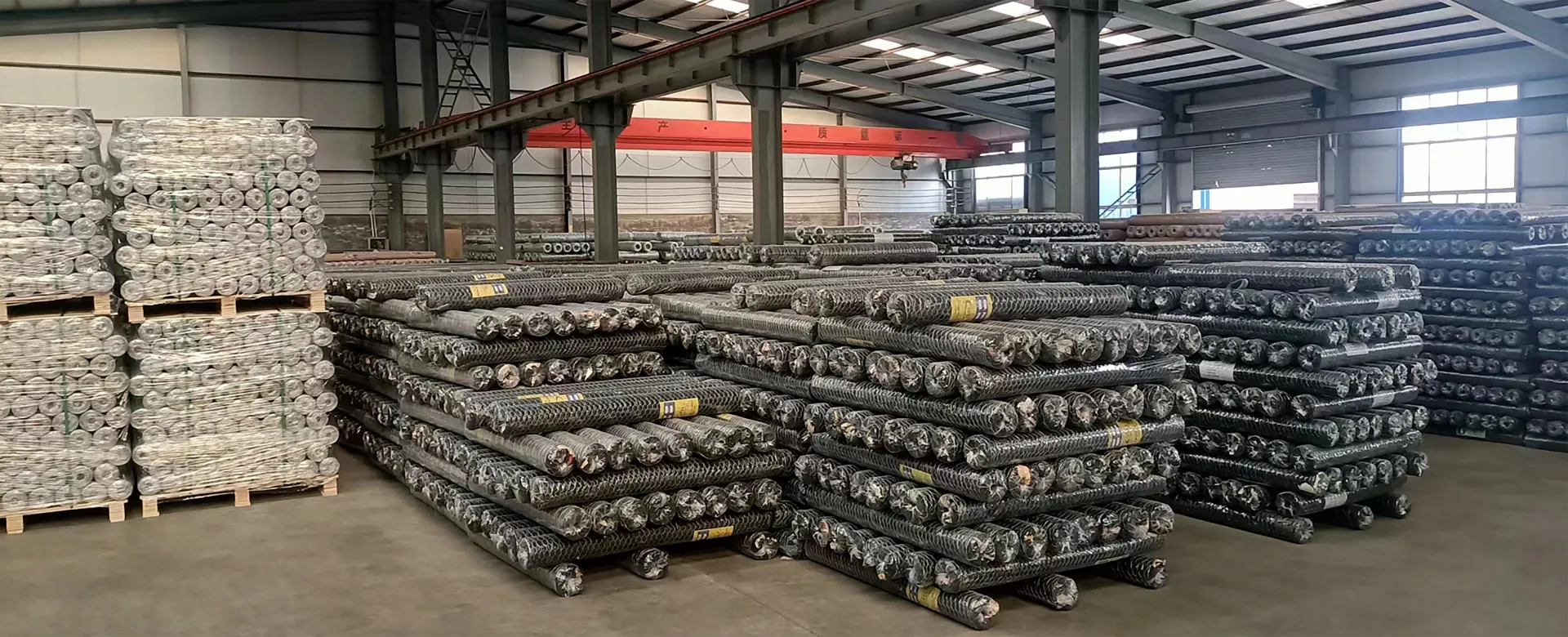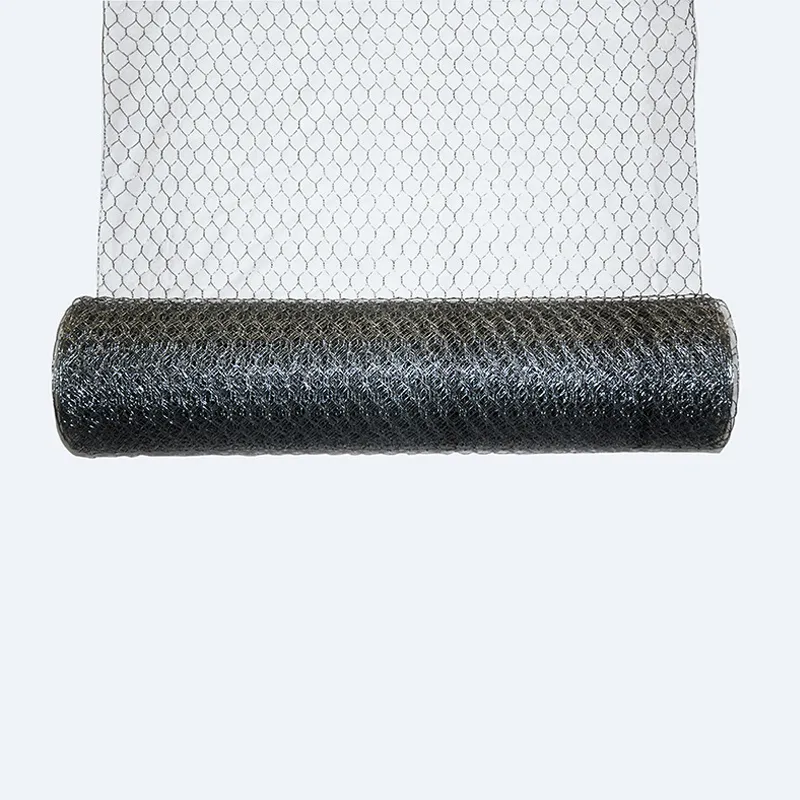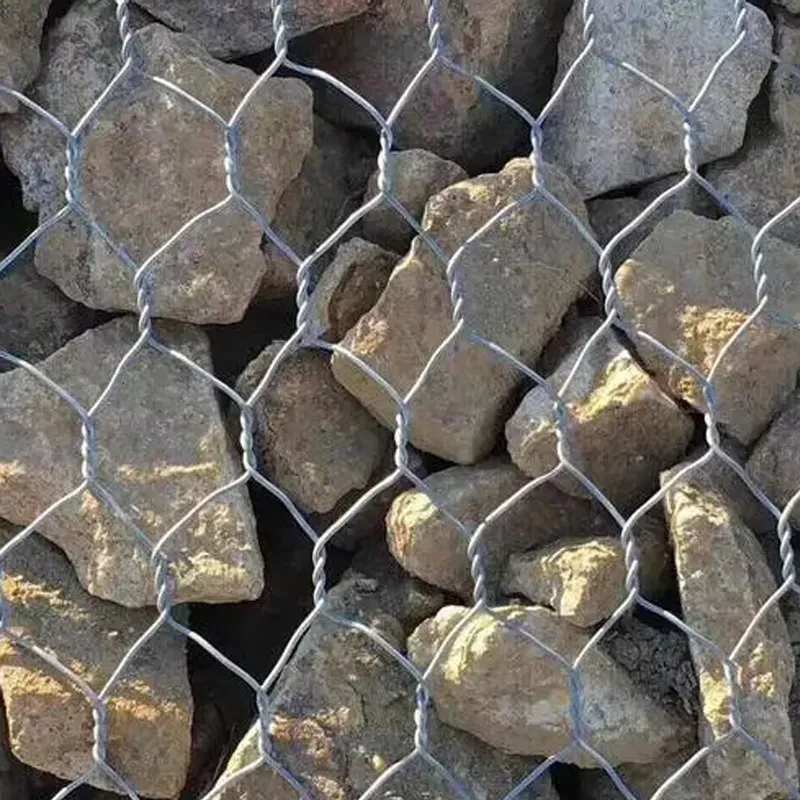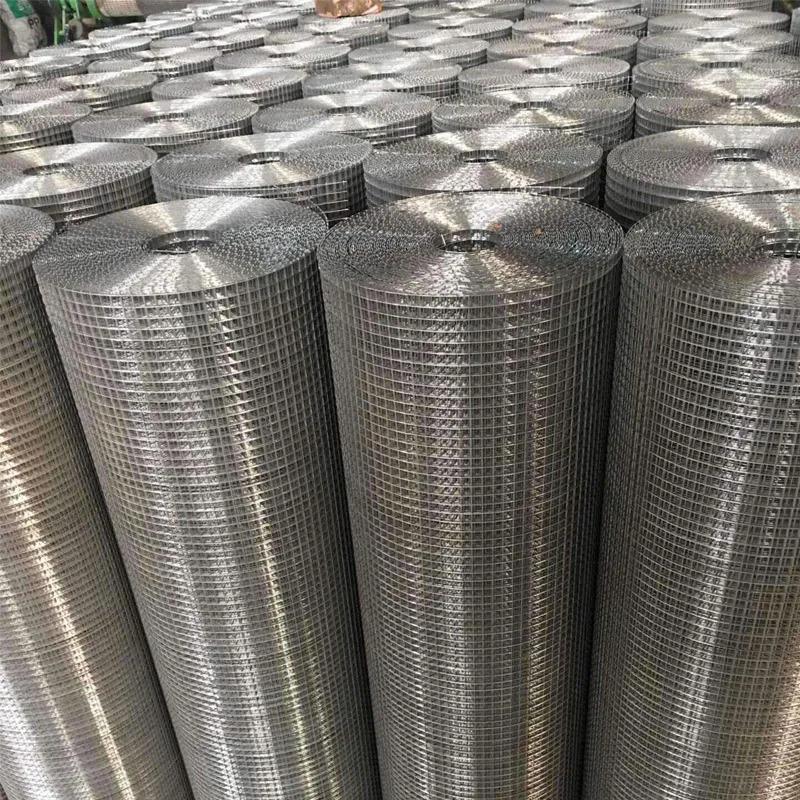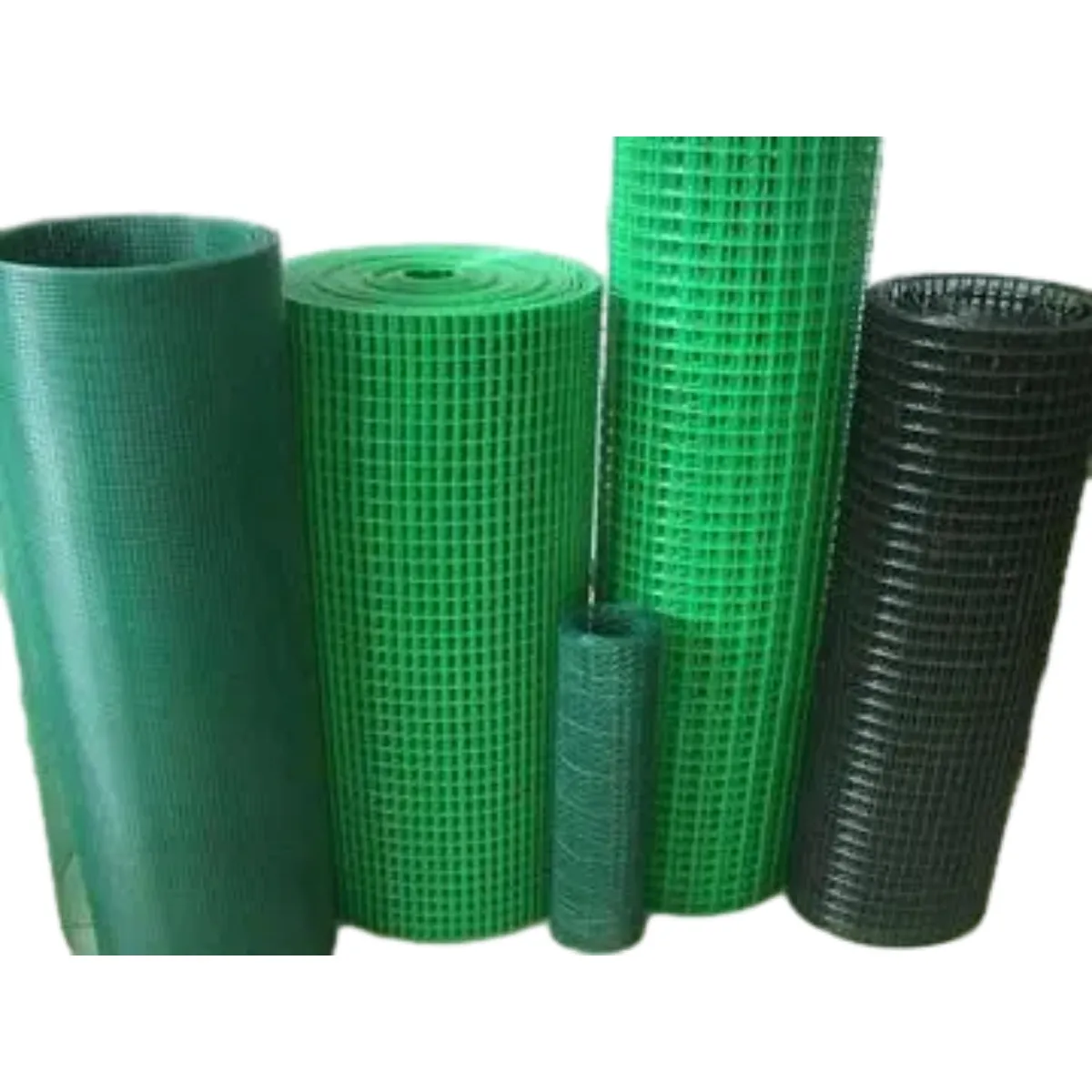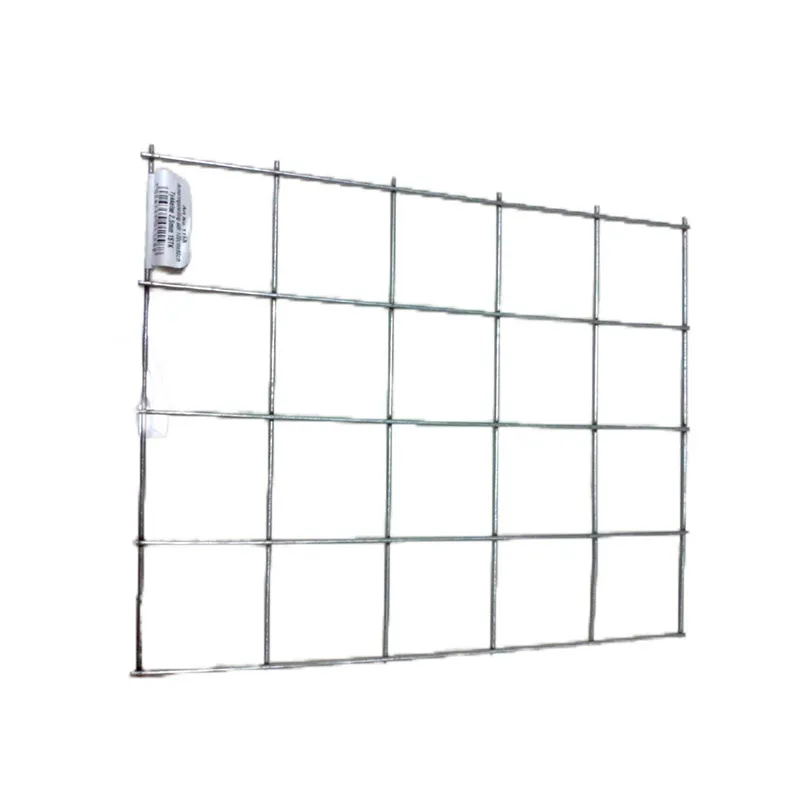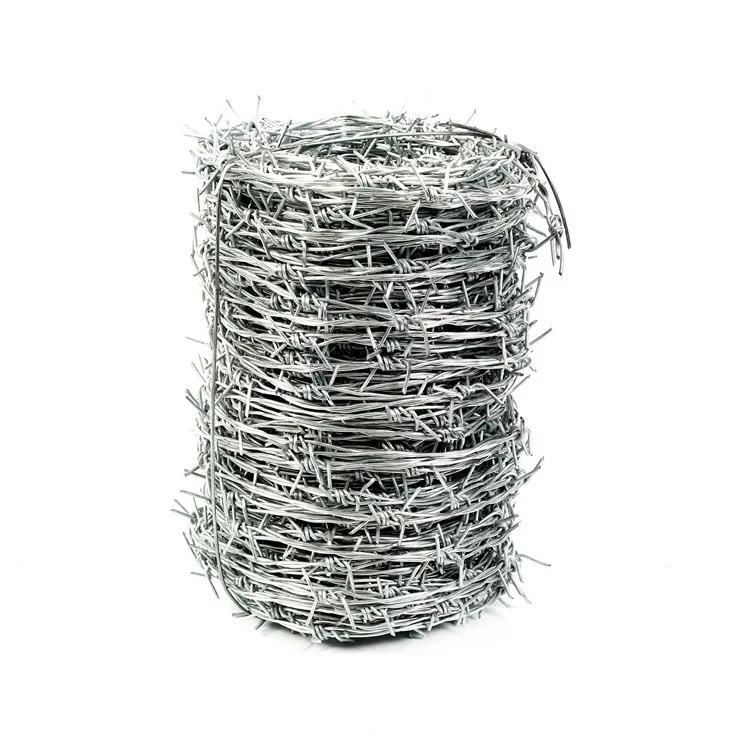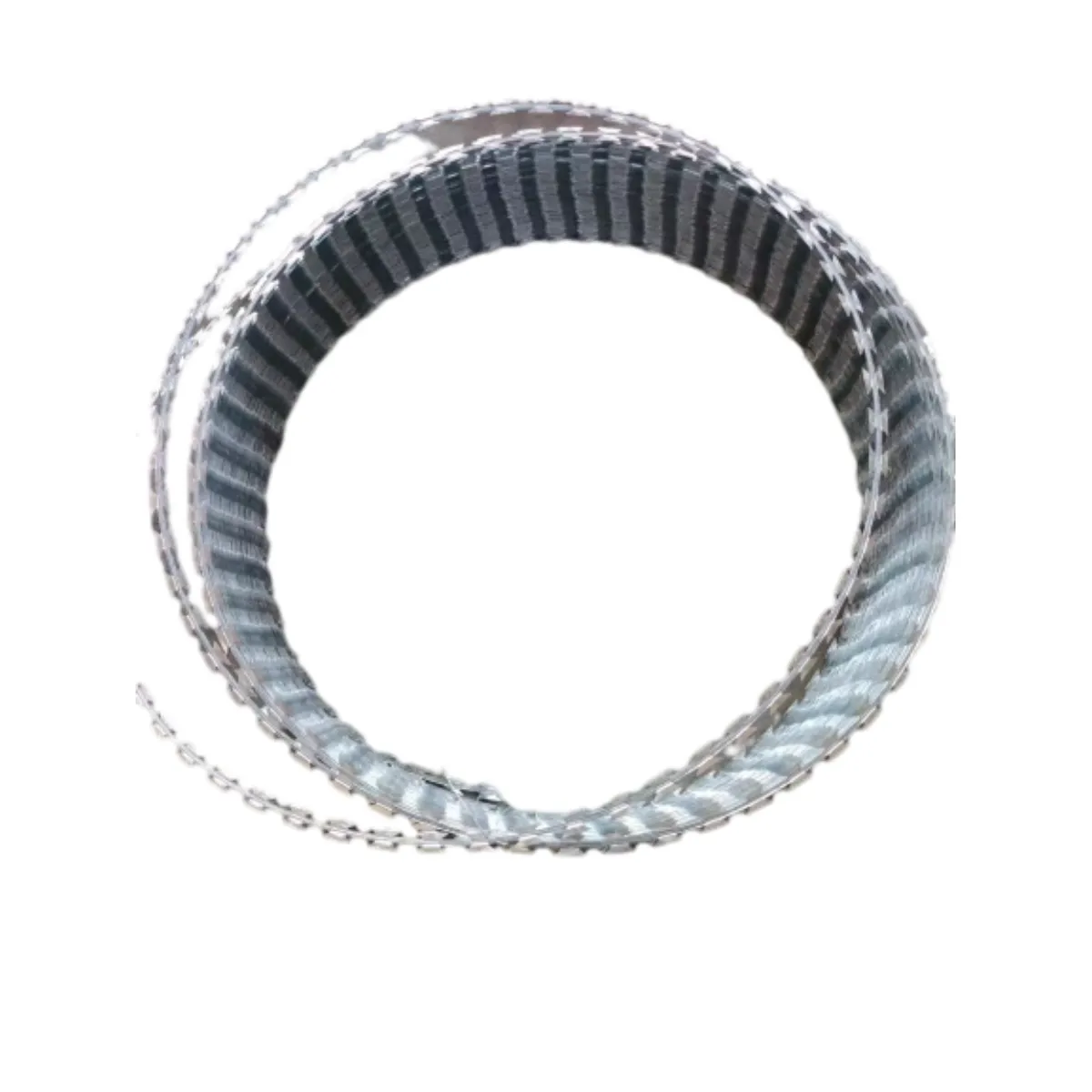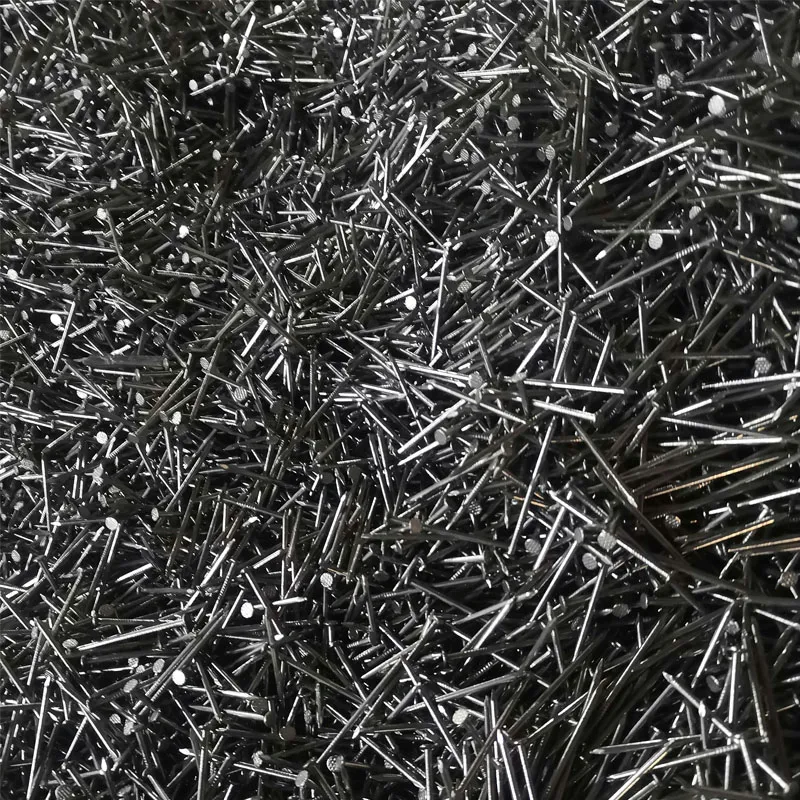Aug . 08, 2024 04:30 Back to list
Exploring the Importance of Hose Crimping Techniques for Enhanced Connection Durability and Performance
Understanding Hose Crimping A Comprehensive Guide
Hose crimping is an essential process in various industrial applications, enabling the secure and efficient connection of hoses to fittings. This process is fundamental in industries such as automotive, construction, agriculture, and manufacturing, where hydraulic and pneumatic systems are common. Crimping is not merely a technique; it is a crucial step in ensuring that systems operate safely and effectively, thereby preventing leaks and system failures.
What is Hose Crimping?
Hose crimping refers to the process of compressing a fitting onto a hose to create a strong and permanent joint. The fitting, often made of metal or plastic, is designed to hold the hose securely, preventing any unwanted movement or disconnection. The crimping process can vary depending on the type of hose and fitting, but it typically involves specialized tools known as crimping machines or crimpers. These machines apply a specific amount of pressure to the fitting, allowing it to grab onto the hose firmly.
Types of Hoses and Fittings
There are various types of hoses available, each designed for specific applications and materials. Common types include rubber hoses, PVC hoses, and hydraulic hoses, which are used to transport fluids under different conditions. The fittings that are crimped onto these hoses also come in various designs, including straight fittings, elbow fittings, and swivel fittings. Understanding the compatibility of hoses and fittings is crucial for ensuring a secure connection.
The Crimping Process
The crimping process generally involves several steps
1. Preparation Begin by cutting the hose to the desired length and ensuring that it is free from debris or damage. The fitting should also be inspected for any defects.
2. Insertion Insert the hose into the fitting up to the designated mark, ensuring that there is a proper fit.
hose crimp
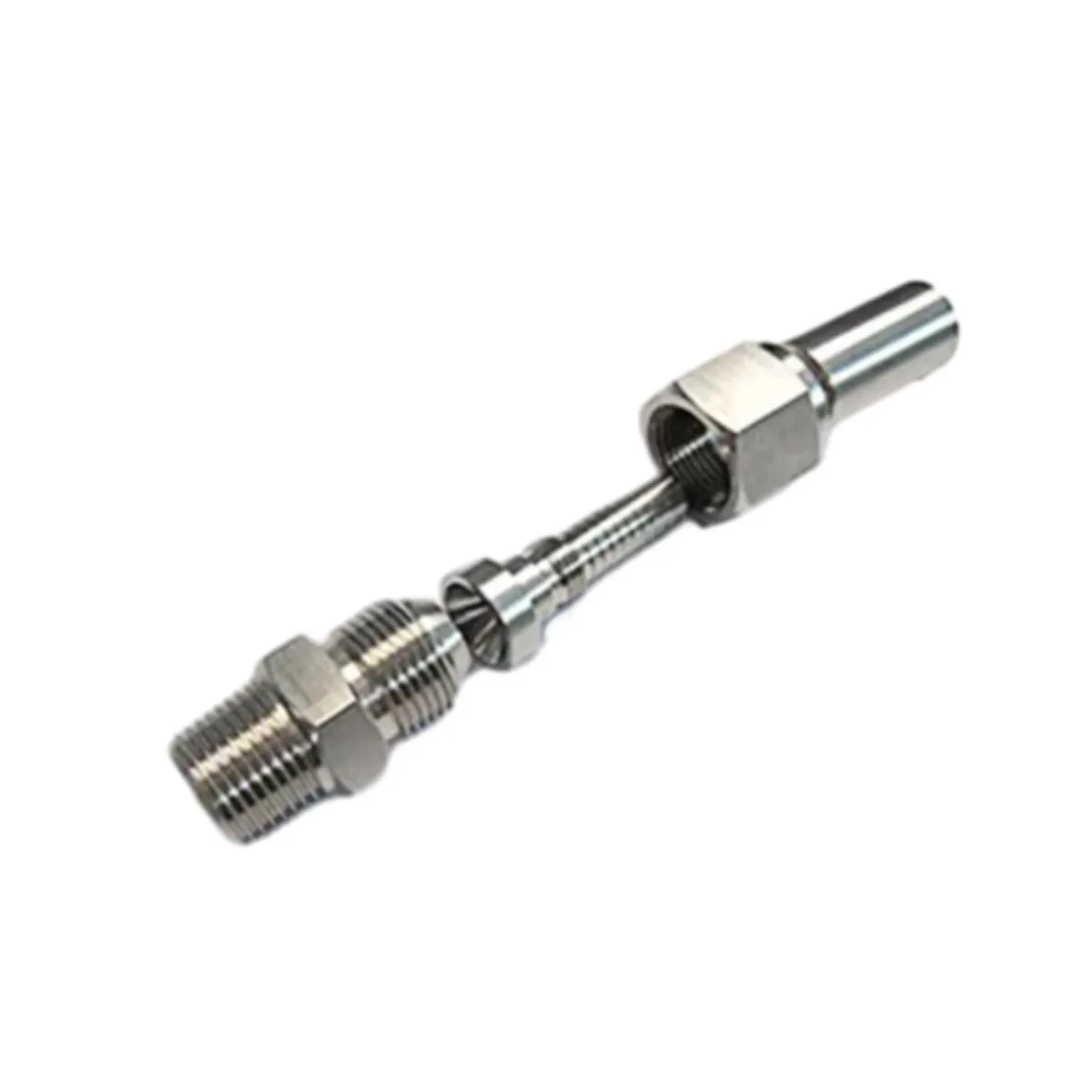
3. Crimping Place the assembly into the crimping machine. The machine will apply pressure to the fitting, compressing it evenly around the hose. Different crimping machines offer various methods such as manual, hydraulic, or pneumatic crimping.
4. Inspection After crimping, it is essential to inspect the joint visually and, if possible, using testing methods to ensure that it meets the required specifications.
Benefits of Proper Hose Crimping
Proper hose crimping offers several benefits
- Leak Prevention A well-crimped connection significantly reduces the risk of leaks, which is vital for safety in high-pressure systems.
- Durability Crimped hoses provide superior durability compared to other connection methods, such as clamps or non-crimped fittings.
- Efficiency The correct crimping technique can improve fluid flow and system efficiency, which is particularly important in hydraulic applications.
- Cost-Effectiveness Although the initial investment in crimping equipment can be substantial, the long-term savings associated with reduced downtime and maintenance make crimping a cost-effective choice for many businesses.
Conclusion
In summary, hose crimping is a vital process that ensures the reliability and safety of hydraulic and pneumatic systems. By understanding the various types of hoses and fittings, as well as the crimping process itself, industry professionals can enhance their operations, reduce risks, and improve overall system performance. Whether in a factory, on a construction site, or in agricultural settings, the importance of proper hose crimping cannot be overstated. Investing time and resources into mastering this skill can yield significant benefits, leading to safer and more efficient machinery and systems.
-
The Role of Field Wire Fence in Grassland Conservation
NewsJul.15,2025
-
Stainless Steel Razor Wire Durability in Coastal Environments
NewsJul.15,2025
-
Enhancing Home Security with Mesh Fences
NewsJul.15,2025
-
Diamond Mesh Wire for Small Animal Enclosures
NewsJul.15,2025
-
Common Wire Nail Tensile Strength Testing for Woodworking
NewsJul.15,2025
-
Barbed Wire Corrosion Resistance Galvanization Techniques
NewsJul.15,2025

